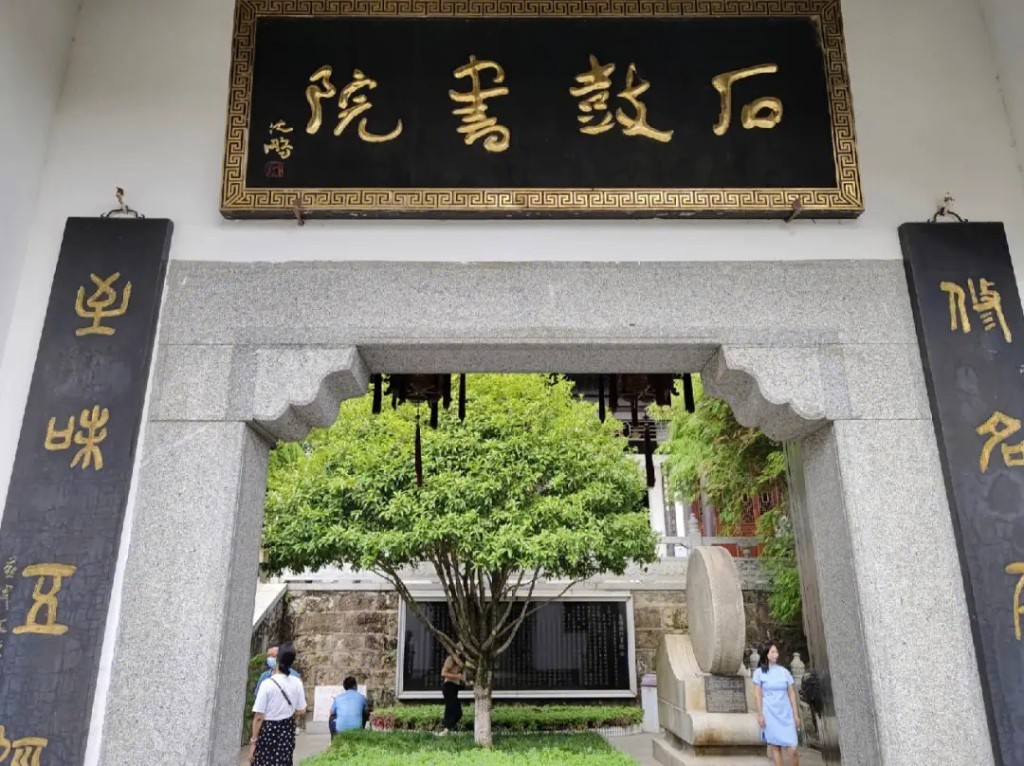| The Origin of Huxiang Culture |
| From:衡阳党政门户网 | Date Add in:2023-08-24 17:05:41 [A A] |
|
As the Xiang River runs through the province from south to north, Hunan is called "Xiang" for short and boasts its "Xiang Cuisine", "Xiang Embroidery", "Xiang Opera", and "Xiang Army". Huxiang Culture is basically a regional culture handed down from generation to generation in Hunan. From the Shang Dynasty or Yin Dynasty (1600 BC-1100 BC) to the Northern Song Dynasty (960-1127), Hunan's culture was represented by the Chu culture from the north, the Miaoman culture of the original Miao nationality, and the Yue culture from the south and west. Patriotic poet Qu Yuan's poetry and the historical relics in Mawangdui Han Tomb are featured with Chu culture. When it came to the Southern and Northern Dynasties (420-589) and the Tang (386-581) and Song (960-1279) Dynasties, even extending to the Song, Yuan (1271-1368) and Ming Dynasty (1368-1644), remarkable changes took place along with several large migrations, concerning population distribution, customs and habits, as well as ideologies among Huxiang people. Large number of great ideologists came out then to form a new regional culture, including the founder of Neo-Confucianism Zhou Dunyi, Confucius follower Wang Fuzhi who believed that neo-Confucianism had distorted Confucius' teachings, and Wei Yuan, who attempted to combine traditional scholarly knowledge with practical experience to find workable solutions to the problems plaguing the government at the time.
Originated from the Chu culture of the pre-Qin period, and enriched with the Yellow River plain culture in the Song and Ming Dynasty, Huxiang culture became splendid with the reputable attribution of "half of Chinese modern history was participated in by Hunanese", and "an army cannot be formed without Hunanese". Philosophical thought Initiated by Hu Anguo in the Song Dynasty, and developed with Hu Hong, Zhang Shi, Wang Chuanshan, Zeng Guofan, Tan Sitong, Yang Changji, and even Mao Zedong, Huxiang philosophical thought form its distinctive features. It combined the moral-oriented philosophy of the Neo-Confucianism with humanistic pragmatism, which has been passed on from generation to generation till modern times. Hunanese played brilliant roles in the modern history of China. Despite different political view, their academic and cultural styles of being pragmatic were almost the same. Education philosophy Huxiang education rose in the Song Dynasty. With thousand-year development, it has formed its unique traditions: equal stress on both learning and thinking; unity of theory and practice. Huxiang education pay attention to independent thinking as well as rational criticism, which is represented by Yuelu Academy. Huxiang Religions Huxiang culture is inclusive to religions, with the co-existence of Buddhism and Taoism in the Nanyue Grand Temple in Hengshan Mountain being an instance. Folk customs
Huxiang area has been long inhabited by many ethnic groups. Different traditions and folk customs have been formed along with different evolvement, living areas, production modes, religious beliefs of the groups. These traditions and customs communicate with and influence each other, jointly forming a distinctive Huxiang folk culture. Huxiang art
The western Han painting on silk found in Mawangdui Tomb is considered as an origin of Chinese painting. Colored lacquer painting in the Western Han Dynasty is among the earlist oil painting in the world. Yi Yuanji, Zhang Yizun, Qi Baishi and Huang Yongyu are representatives of Huxiang masters of fine arts. Xiang opera is one of the major local operas in Hunan, also called "Changsha Banzi" and "Xiangtan Banzi" by folks. Due to its Zhongzhou rhyme and Changsha mandarin, it is also named Changsha Xiang Opera. Hunan's operas include Qi Opera, Chenhe Opera, Hengyang Xiang Opera, Wuling Opera, Jinhe Opera, Baling Opera, Xiang Kun, Changsha Flower Drum Opera and Shaoyang Flower Drum Opera. Huxiang dialects Hunan is a region with various and complex dialects, including the Xiang dialect, southwestern mandarin, Gan dialect, Hakka dialect and other local dialects. Xiang dialect (also called Xiang language) is the most representative and the most widely distributed dialect in Hunan, covering 40 cities and counties along Xiangjiang River and Zijiang River. In Hunan, about 30.85 million people speak the Xiang dialect, accounting for 3.2% of the national population. The Xiang dialect, represented by Changsha dialect, is distributed among most areas in Hunan. From the phonetic perspective, Xiang dialect can be divided into new and old Xiang dialects. The old Xiang dialect mainly prevails in central Hunan such as Ningxiang County and Hengyang City while the new Xiang dialect is widely spoke in large and middle-sized cities such as Changsha and Zhuzhou. Southwest mandarin, as the second major dialect in Hunan, is mainly distributed over western, northern and southern Hunan. Hakka dialect is commonly used in some areas in southeast Hunan, such as Rucheng, Guidong, Youxian, Chaling and Pingjiang counties. According to the historical records, the ancient Chu dialect took shape in the Spring and Autumn period (770 BC – 476 BC), with the "southern Chu" dialect in the Han dynasty (202 BC - 220) being the direct source of the Xiang dialect. Immigration is considered as the main reason for the Hunan dialect's coming into being. Before the Five Dynasties (907-960), immigrants from North China came to Hunan, whose dialect formed the ancient "Chu dialect" in Hunan and gradually evolved into the Xiang dialect, further branching out southwest mandarin and local dialect. After the Five Dynasties, immigrants were mainly from southeast China including Jiangxi, Fujian and Guangdong whose dialects developed into early the Gan dialect, the Hakka dialect and local dialects. The surrounding major dialects and mandarins have also exerted an influence on the formation and development of the mandarin in Hunan's border area. The language of the minority groups, especially in remote areas, also has played a certain role in the development of these dialects.
|
Co-sponsored by Information Office of Hengyang Municipal People's Government Technical Support & Design:Hengyang Normal University
ICP NO:05002289





